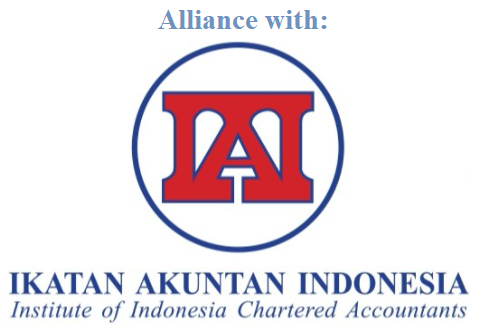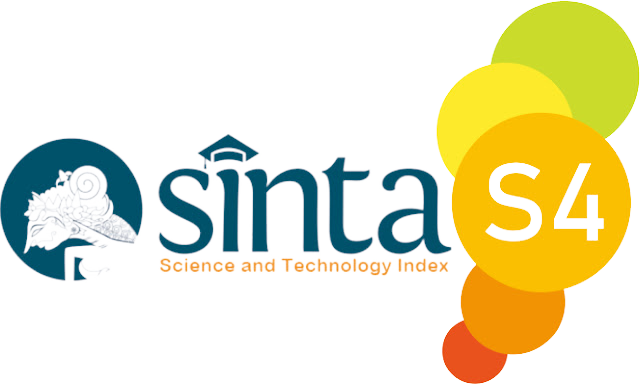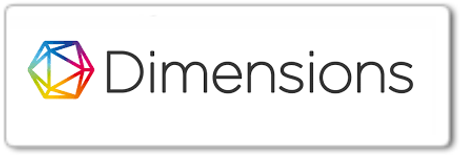ANALISIS KINERJA KEUANGAN PADA DINAS PEMBERDAYAAN MASYARAKAT DESA PEMBERDAYAAN PEREMPUAN DAN PERLINDUNGAN ANAK KABUPATEN MUSI RAWAS UTARA
DOI:
https://doi.org/10.37301/jkaa.v17i1.62Keywords:
Financial PerformanceAbstract
The purpose of this study was to determine the financial performance of the Department of Village Community Empowerment, Women's Empowerment and Child Protection, North Musi Rawas Regency. The data collection method that the author uses in this study is a method of collecting documentation data while the technical data analysis that will be used by the author is descriptive analysis, data analysis by explaining theories related to Financial Performance Analysis at the Village Community Empowerment Service, Women's Empowerment and Child Protection in North Musi Rawas Regency Fiscal Year 2016-. Based on the results of the research, the financial performance of the Village Community Empowerment, Women's Empowerment and Child Protection Office of North Musi Rawas Regency seen from the analysis of spending variance in 2016-2019 in general can be said to be good. This is indicated by the average realization target of 81.06%, and indicated by the absence of expenditure realization that exceeds the budget in each fiscal year and has made efficiency or budget savings
References
Anggaran Belanja Tahun 2016- 2019. 2020. Musi Rawas Utara: Dinas Pemberdayaan Masyarakat Desa, Pemberdayaan Perempuan dan Perlindungan Anak Kabupaten Musi Rawas Utara.
Bastian, Indra. 2009. Akuntansi Sektor Publik di Indonesia. Yogyakarta: BPFE.
Darise, Nurlan. 2009. Akuntansi Sektor Publik di Indonesia. Yogyakarta: BPFE
Halim, Abdul. 2007. Akuntansi Sektor Publik Akuntansi Keuangan Daerah. Edisi Revisi. Jakarta: Salemba Empat
--------------. 2014. Akuntansi Sektor Publik. Jakarta: Salemba Empat
--------------.2014. Akuntansi Keuangan Daerah Akuntansi Sektor Publik. Edisi Empat. Jakarta: Salemba Empat
Indra Bastian. 2005. Akuntansi Sektor Publik Suatu Pengantar. Yogyakarta: BPFE.
Laporan Realisasi Anggaran Tahun 2016- 2019. 2020. Musi Rawas Utara: Dinas Pemberdayaan Masyarakat Desa, Pemberdayaan Perempuan dan Perlindungan Anak Kabupaten Musi Rawas Utara.
Mahmudi. 2019. Analisis Laporan Keuangan Pemerintah Daerah. Yogyakarta: Salemba Empat.
Mahsun (Ed). 2013. Akuntansi Sektor Publik. Yogyakarta: BPFE.
Muhammad Yogi Perwira. 2014. Analisis Kinerja Keuangan Pada Dinas
Pendapatan Pengelolaan Keuangan Dan Aset Daerah Kabupaten Klaten
Tahun 2007-2013. Jurnal kinerja keuangan
Munawir. 2008. Analisis Rasio Keuangan. Jakarta
Nanda Ertina Gabriella Mailoor, Paul David Elia Saerang, Harijanto Sabijono.
(2016). Analisis Kinerja Keuangan Pada Badan Pengelolaan Keuangan
Kabupaten Kutai Barat Kalimantan Timur Tahun 2011-2014. Jurnal
Berkala Ilmiah Efisiensi.Nur Habibah. 2014. Analisis Pengukuran Kinerja Pengelolaan Keuangan Daerah Kabupaten Gresik Tahun Anggaran 2009-2013.Jurnal keuangan Vol No.1.
Rudianto.(2013). Kinerja Keuangan.Bandung : Alfabeta
Sugiyono. (2017). Metode Penelitian Bisnis. Bandung: Alfabeta.
Warsidi, Bambang & Fahmi. (2011). Analisis Rasio Keuangan.Bandung. Alfabeta
Downloads
Published
Issue
Section
License
Please find the rights and licenses in Jurnal Kajian Akuntansi dan Auditing (JKAA). By submitting the article/manuscript of the article, the author(s) agree with this policy. No specific document sign-off is required.
1. License
The non-commercial use of the article will be governed by the Creative Commons Attribution license as currently displayed on Creative Commons Attribution-NonCommercial 4.0 International License.
2. Author(s)' Warranties
The author warrants that the article is original, written by stated author(s), has not been published before, contains no unlawful statements, does not infringe the rights of others, is subject to copyright that is vested exclusively in the author and free of any third party rights, and that any necessary written permissions to quote from other sources have been obtained by the author(s).
3. User/Public Rights
JKAA's spirit is to disseminate articles published are as free as possible. Under the Creative Commons Attribution-NonCommercial 4.0 International License, JKAA permits users to copy, distribute, display, and perform the work for non-commercial purposes only. Users will also need to attribute authors and JKAA on distributing works in the journal and other media of publications. Unless otherwise stated, the authors are public entities as soon as their articles got published.
4. Copyrights Holder
With the receipt of the article by Editorial Board of the Jurnal Kajian Akutansi dan Auditing (JKAA) and it was decided to be published, then the copyright regarding the article will be diverted to Jurnal Kajian Akutansi dan Auditing (JKAA).
Jurnal Kajian Akutansi dan Auditing (JKAA) hold the copyright regarding all the published articles and has the right to multiply and distribute the article under

















